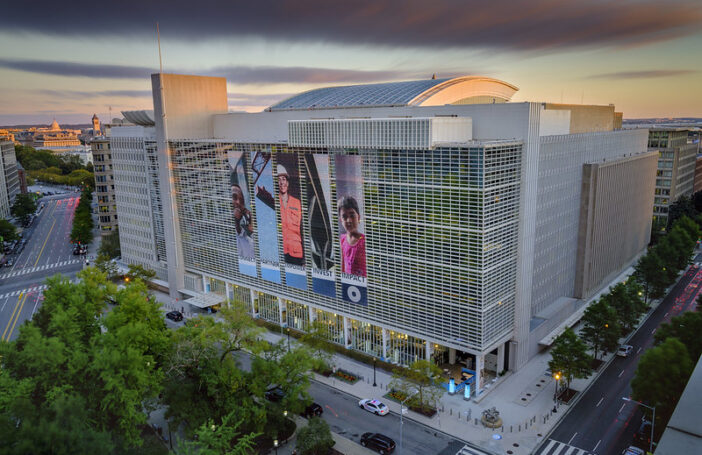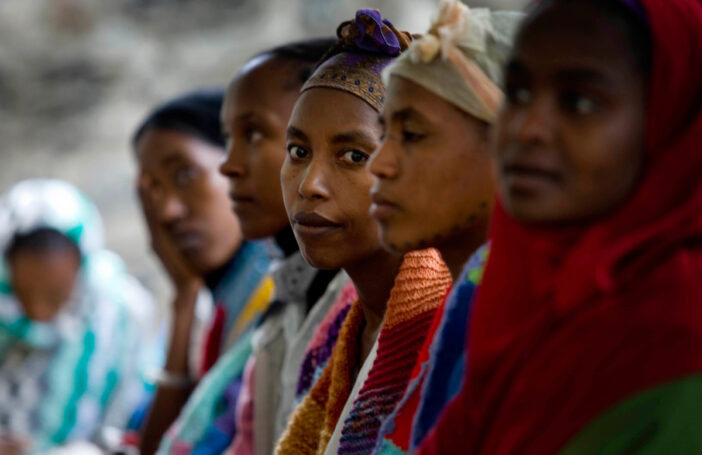 In what must surely be a first (at least outside of heads-of-states meetings such as APEC), Australia is currently playing host to both Robert Zoellick, the President of the World Bank (WB), and Haruhiko Kuroda, the President of the Asian Development Bank (ADB).
In what must surely be a first (at least outside of heads-of-states meetings such as APEC), Australia is currently playing host to both Robert Zoellick, the President of the World Bank (WB), and Haruhiko Kuroda, the President of the Asian Development Bank (ADB).
Mr. Zoellick has come to Australia for the Australian-American leadership dialogue in Perth, and to receive their recently instituted annual award. While in Australia, Mr. Zoellick will meet with Prime Minister Gillard, and Wayne Swan, as well as with senior Coalition figures
Mr. Kuroda has come to Australia to deliver the keynote address at the Annual Development Conference organised by the Crawford Fund to be held at parliament house in Canberra. Mr Kuroda will also be meeting with political leaders and senior government officials.
While the presence of both Presidents in the country at the same time must be a coincidence, it is also testimony to Australia’s growing international influence and presence.
The two development banks are certainly important to Australia. As the table below (from the recently completed Independent Aid Review) shows, the World Bank is Australia’s favourite multilateral, with ADB second. Combined they receive more than 10% of Australia’s aid budget ($598 million in 2009/10). The collaboration with the two institutions is especially important in our region. In recent years, a deliberate and successful strategy has been pursued of subsidizing the two Banks to engage more with the Pacific island countries. Australia funds their Sydney offices for examples.
The significance of the relationship runs both ways. Australia is the ADB’s fifth largest shareholder (behind the US, Japan, India, and China) .We are also the third (aid review, p. 192) largest financier of the ADB’s concessional fund, the Asian Development Fund (ADF). Australia is a smaller player at the World Bank, though we are nevertheless the 11th largest donor to the Bank’s concessional fund, IDA.
But the two trips are probably more about the future than the past or present. Australia is engaged in a massive scaling up of its aid program, at a time when most other donor countries are at best protecting their aid budgets from cuts (the UK is a notable exception, and is also implementing a large aid increase). The Independent Aid Review recommended and the government agreed to an increase in the share of aid going as core funding to multilaterals, focused on those agencies where effectiveness could be demonstrated. IDA and ADF are generally regarded as highly effective, and are obvious candidates for a core funding ramp-up.
With the aid budget as a whole set to double by 2015, and the share allocated to multilateral core funding increasing, one can envisage Australian support for IDA and ADF tripling over the next five years. As the Aid Review showed, a tripling of funding to IDA assuming, not unreasonably, that other donors stand still, would make Australia IDA’s fifth largest donor, larger than France and Canada. A tripling of funding to the ADF would bring Australia close to Japan, its biggest donor.
No doubt we will be seeing much more of Presidents Kuroda and Zoellick, and their successors, in the coming years. They might need to start coordinating their calendars.
Jonathan Pryke is a Researcher at the Development Policy Centre.





